How to Choose the Best Tea Leaves for Your Brew
Ah, tea. That magical elixir that transforms you from a grumpy morning gremlin into a functioning human being—or at least someone who can fake it for a few hours. But let’s face it: not all teas are created equal. Some taste like heaven in a cup, while others taste like someone steeped their gym socks. So, how do you choose the best tea leaves for your brew without accidentally sipping on disappointment? Pull up a chair, grab your favorite mug, and let’s dive into the hilariously complex world of tea leaf selection.
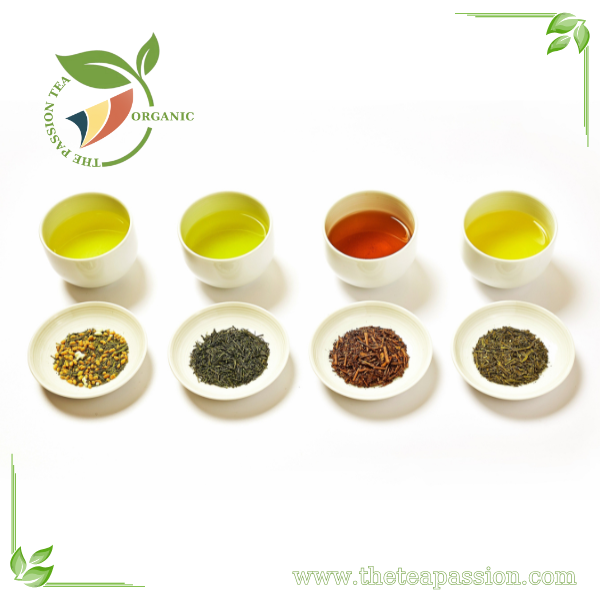
Know Your Tea Personality
First things first: what kind of tea drinker are you? Are you the adventurous type who’ll try anything once—even that weird mushroom tea your friend swears by? Or are you the traditionalist who sticks to Earl Grey and scoffs at anything with “chai” in the name? Knowing your tea personality is crucial because, let’s be honest, there’s no point in buying a rare oolong if you’re just going to wrinkle your nose and say, “Meh.”
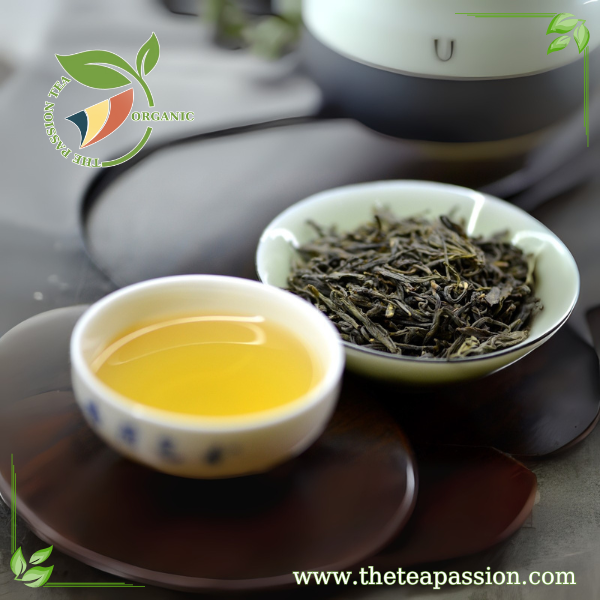
Loose Leaf vs. Tea Bags: The Eternal Debate
Choosing between loose leaf tea and tea bags is like deciding whether to cook a gourmet meal or just microwave leftovers. Loose leaf tea is the fancy option—it’s like dating someone who reads poetry and owns a French press. It gives you richer flavors, more variety, and a smug sense of superiority. But it also requires effort, like measuring out the leaves and cleaning up afterward.
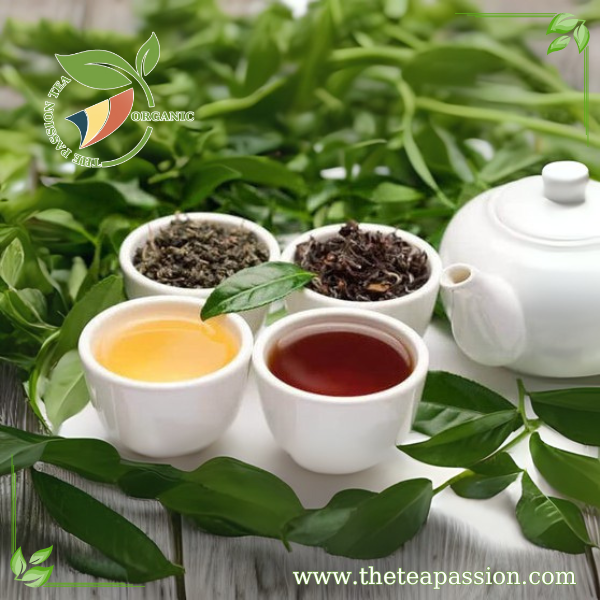
Tea bags, on the other hand, are the lazy person’s best friend. They’re convenient, quick, and perfect for when you’re running late but still need caffeine to survive. Sure, they might not have the same depth of flavor as loose leaf, but hey, they get the job done. If you’re feeling fancy, go for pyramid-shaped tea bags—they’re like the VIP lounge of tea bags.
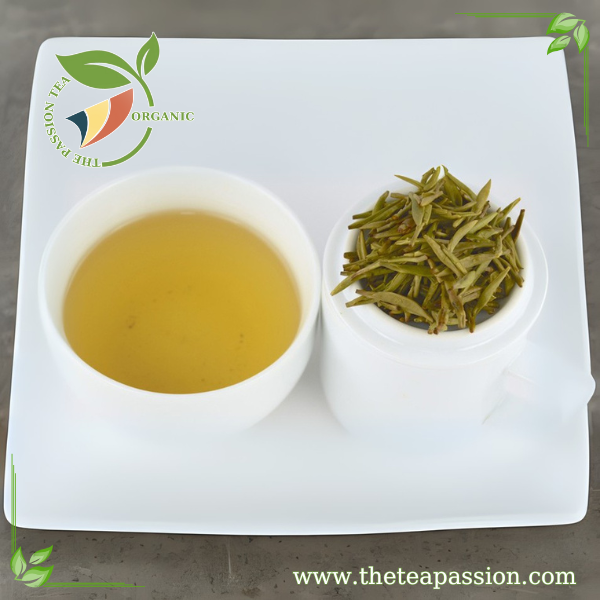
The Key to Quality: Smell Before You Buy
When buying tea leaves, your nose is your best friend. A good tea should smell like a warm hug from your favorite grandma, not like old cardboard. If you’re shopping in a store that lets you sniff the tea before buying (and doesn’t look at you weird for doing it), take full advantage. If the aroma makes you want to dive into the bag headfirst, it’s probably a winner.
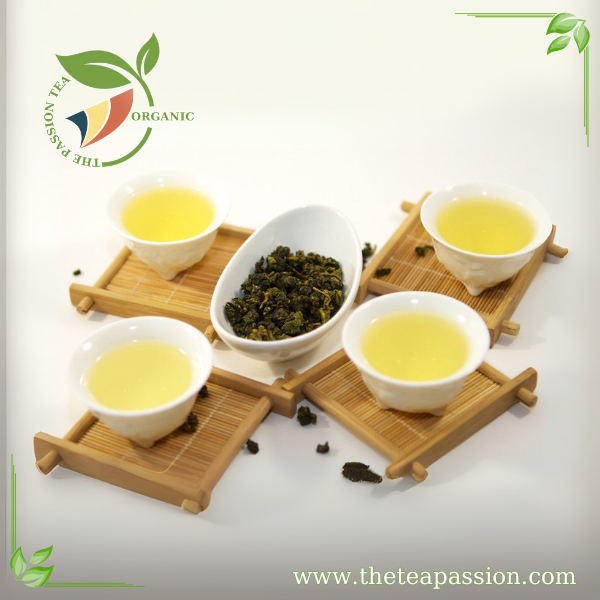
Green Tea: The Overachiever
Let’s talk green tea—the overachiever of the tea world. It’s packed with antioxidants, boosts metabolism, and makes you feel like you’re doing something good for your body (even if you just ate an entire pizza). When choosing green tea leaves, look for ones that are vibrant green and slightly glossy. If they look dull or brownish, they’re probably past their prime—kind of like that avocado you forgot in the back of your fridge.
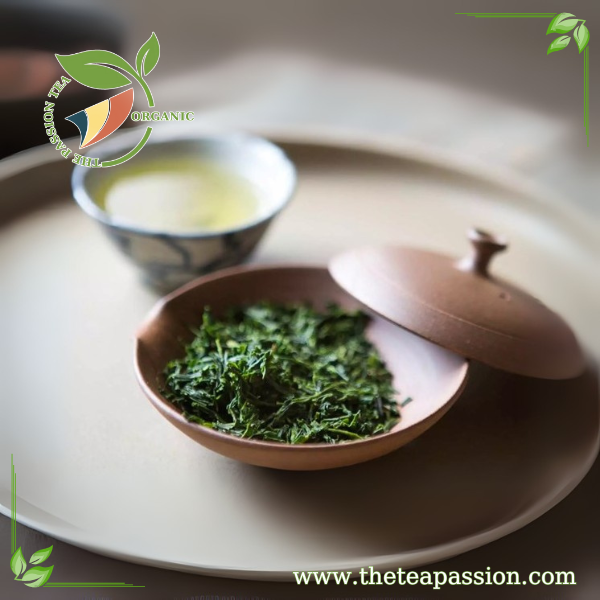
Black Tea: The Reliable BFF
Black tea is your dependable best friend—the one who always has snacks and listens to your rants about work. It’s bold, robust, and perfect for mornings when you need a slap in the face (metaphorically speaking). When choosing black tea leaves, go for ones that are dark and uniform in color. Avoid anything with too many stems or twigs unless you’re brewing tea for squirrels.
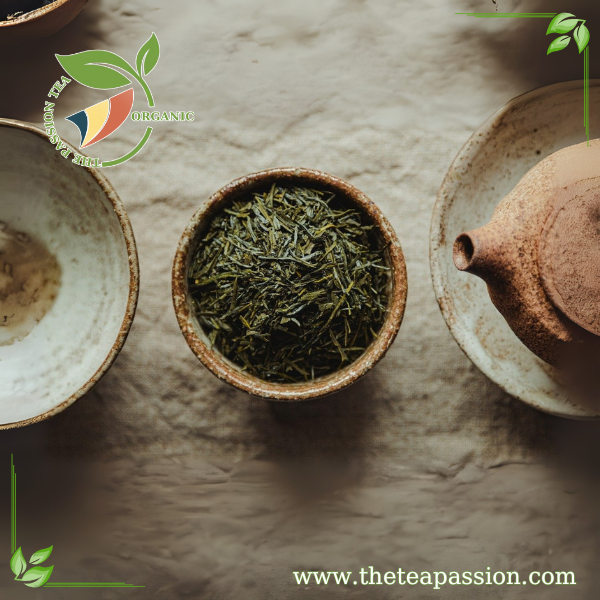
Herbal Tea: The Wild Card
Herbal teas are like that eccentric aunt who shows up at family gatherings with crystals and essential oils. They’re fun, unpredictable, and sometimes downright weird. Since herbal teas aren’t technically “tea” (they’re made from herbs, flowers, and fruits), the rules for choosing them are a bit looser. Just make sure they smell fresh and don’t have any mystery ingredients that sound like they came from a chemistry lab.
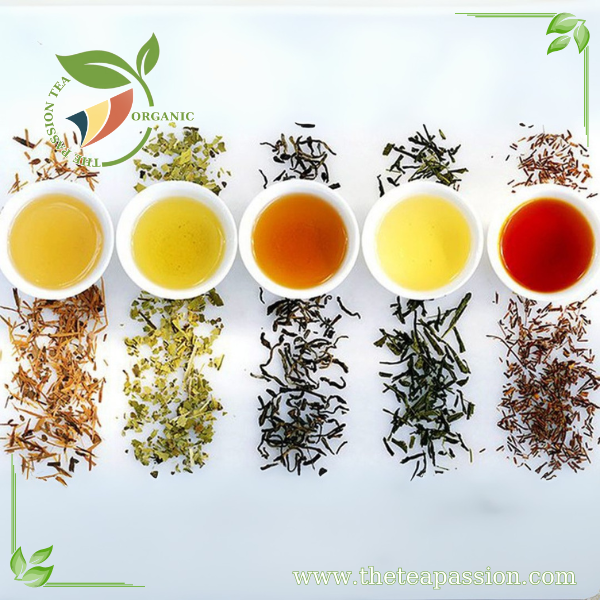
Matcha: The Diva of Teas
Matcha is the diva of the tea world—high maintenance but worth it if you can handle the drama. It’s powdered green tea that requires whisking, frothing, and a little bit of patience. When choosing matcha, look for bright green powder that almost glows—it should remind you of springtime grass rather than sad winter leaves. If it’s dull or yellowish-green, it’s probably low-quality and will taste like regret.
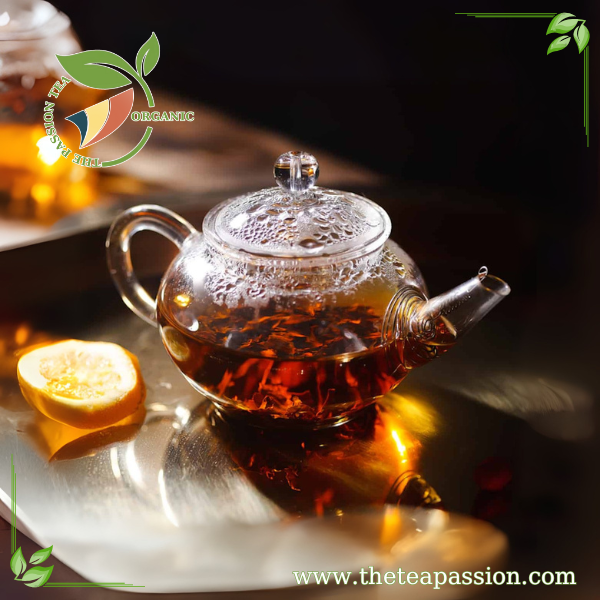
Check the Origin Story
Ever notice how teas from certain regions have an air of mystery about them? Like Darjeeling—it’s literally called the “Champagne of Teas.” When choosing tea leaves, pay attention to where they come from. Teas from regions with cooler climates (like Darjeeling or Assam) tend to have more complex flavors than those grown in warmer areas. It’s kind of like wine—geography matters!
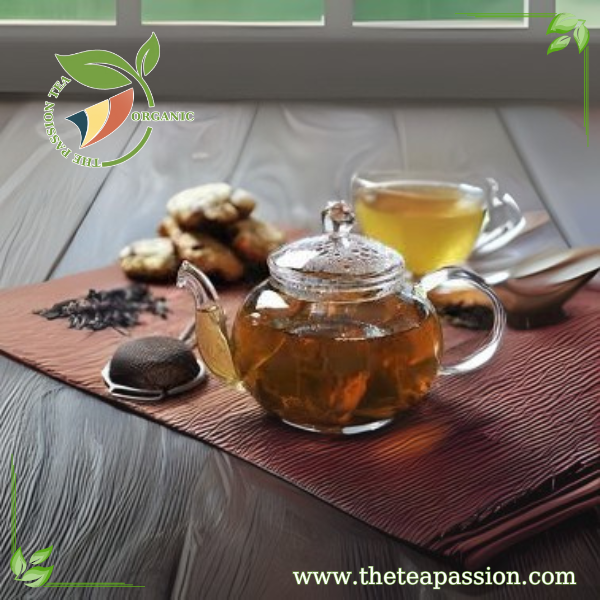
Beware of Overly Fancy Names
If a tea has a name that sounds like it belongs to royalty—“Imperial Golden Monkey” or “Dragonwell Supreme”—proceed with caution. Sometimes these names are legit indicators of quality; other times they’re just marketing gimmicks designed to make you spend more money than you should. Do a little research before buying—you don’t want to end up with overpriced leaves that taste like disappointment.
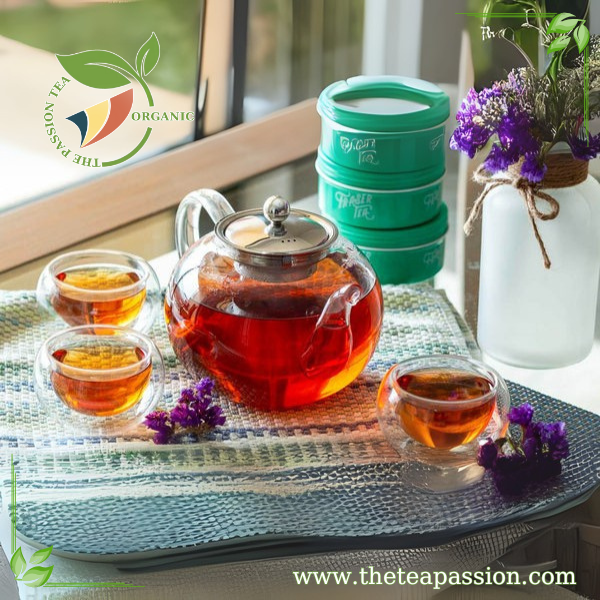
Experimentation Is Key
Here’s the thing about tea: finding your perfect brew is all about trial and error. You might fall in love with a smoky Lapsang Souchong or discover that chamomile makes you feel like napping for three days straight. Don’t be afraid to experiment! Buy small quantities of different teas and host your own tasting party (bonus points if you wear a monocle and pretend to be a tea sommelier).
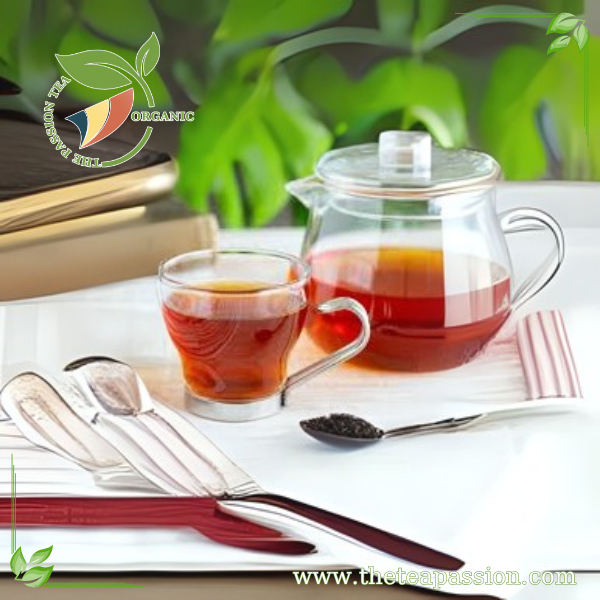
Choosing the best tea leaves for your brew doesn’t have to be intimidating—it can actually be pretty fun! Whether you’re a hardcore Earl Grey fan or someone who’s just dipping their toes into the world of matcha madness, there’s a perfect tea out there waiting for you. So go forth, sniff some leaves, and brew yourself a cup of happiness. Just remember: life’s too short for bad tea—and gym sock flavors are never okay. Cheers!
